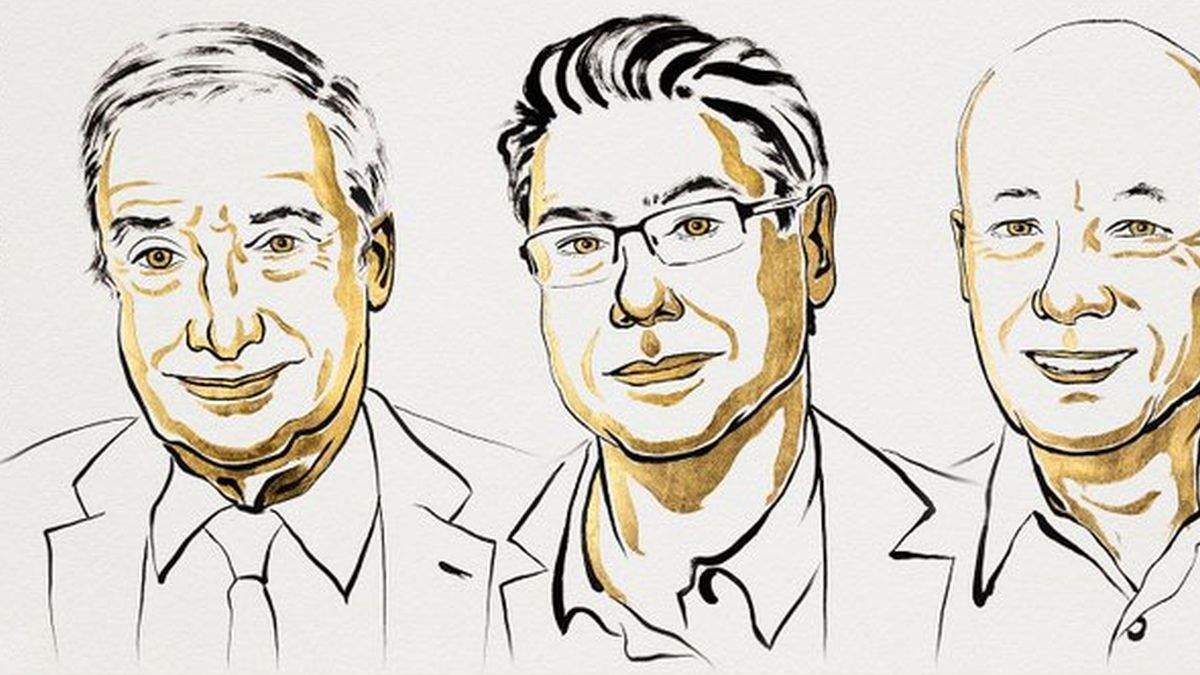The US currency fell 0.4%, after having hit its highest in five and a half months.
He global dollar fell 0.4% this Wednesday after the statements of the authorities of the United States Federal Reserve (Fed)which did not provide greater clarity on the direction that the central bank’s monetary policy may take for the remainder of the year.
The content you want to access is exclusive to subscribers.
He dollar index, which compares the US currency with a basket of six international currencies, fell 0.4% to 105.89 units, just below the five and a half month high it reached the previous day, of 106.51 points.


Meanwhile, the and in It appreciated 0.03%, to 154.32 units per dollar. Market players raised the bar for possible government intervention Bank of Japan to support the Japanese currency, now mentioning the level of 155 from the previous level of 152, although it is believed that intervention could occur at any time. In turn, the euro rose 0.5% to $1.0667.
A slight correction amid a lack of certainty and geopolitical tensions
The setback responded to the little certainty provided by the authorities of the Fed the day before, among them, its president Jerome Powell regarding when the first cut in reference interest rates could arrive, which are at their highest historical range. For now, all that is known is that the change in monetary politics will not arrive in the short term, and that this will remain restrictive for longer, awaiting new economic data.
The truth is that recent data show that the American economy It is following a different path than anticipated by the Fed, especially with a greater than expected increase in sales—and, therefore, consumption—that could be coupled with inflationary results that were also not satisfactory. While the price evolution is the main condition for the United States central bank to make decisions regarding rates, operators once again reduced their bets on future reductions.
On the other hand, the risk of spreading the conflict between Israel and Iran increases the short-term attractiveness of the US currency as a safe haven asset. “In the face of any escalation of the crisis Middle East, we would expect the dollar benefit from safe haven asset flows,” he said. Jane Foley, senior currency strategist at Rabobank, to the Reuters agency.
“I see today’s move more as a slight correction than anything else. To put things in context, the dollar spot index is still far from its highest point since mid-November,” said Helen Given, a trader at Monex USA currencies in Washington.
Source: Ambito




